IN THIS ARTICLE
Allergies are pesky nuisances that disrupt an otherwise healthy body, and with nearly 2 million children enduring one or more allergies, few families are free from those sneeze attacks. From watery eyes to rashes, allergies can be a hassle to tackle.
What’s at the root of allergies? It’s partly hereditary — if a parent has an allergy or multiple allergies, most likely their child will be susceptible to them, too. So if a child is allergy-prone, their body will defend itself against the allergens that enter it. Then, once the immune system begins attacking the allergen intruders with chemicals, the chemicals then cause the body to react in different ways, such as sneezing or coughing or breaking out into hives.
With spring upon us, and there being many outdoor activities to take part in, it’s time to freshen up on what types of allergies are out there and what we know about them.
Types of allergies

There are numerous types of allergies that an individual can have. They range from seasonal allergies to latex allergies to pet allergies. And children seem to have a lot of allergies. The American College of Allergy, Asthma, and Immunology shares the common types of allergens that affect children the most:
- Outdoor allergens: pollen from trees and plants, and contact from insects
- Indoor allergens: animal hair and fur, dust, and mold
- Irritants: air pollutants such as cigarette smoke, perfume, or car exhaust
- Foods allergens: nuts and dairy products
With all of the allergens that can trigger an allergic reaction, mom Alexandra Fung relayed her plan of action to avoid some, if not all, allergies. “Our first line of defense for environmental allergies has always been to minimize exposure to allergens,” she previously told Mom.com. “This means keeping our home as allergen-free as possible.”
As you read on, decide on which types of allergies you can either prevent or minimize your child’s exposure to.
What signs to look for: Kids' allergy symptoms
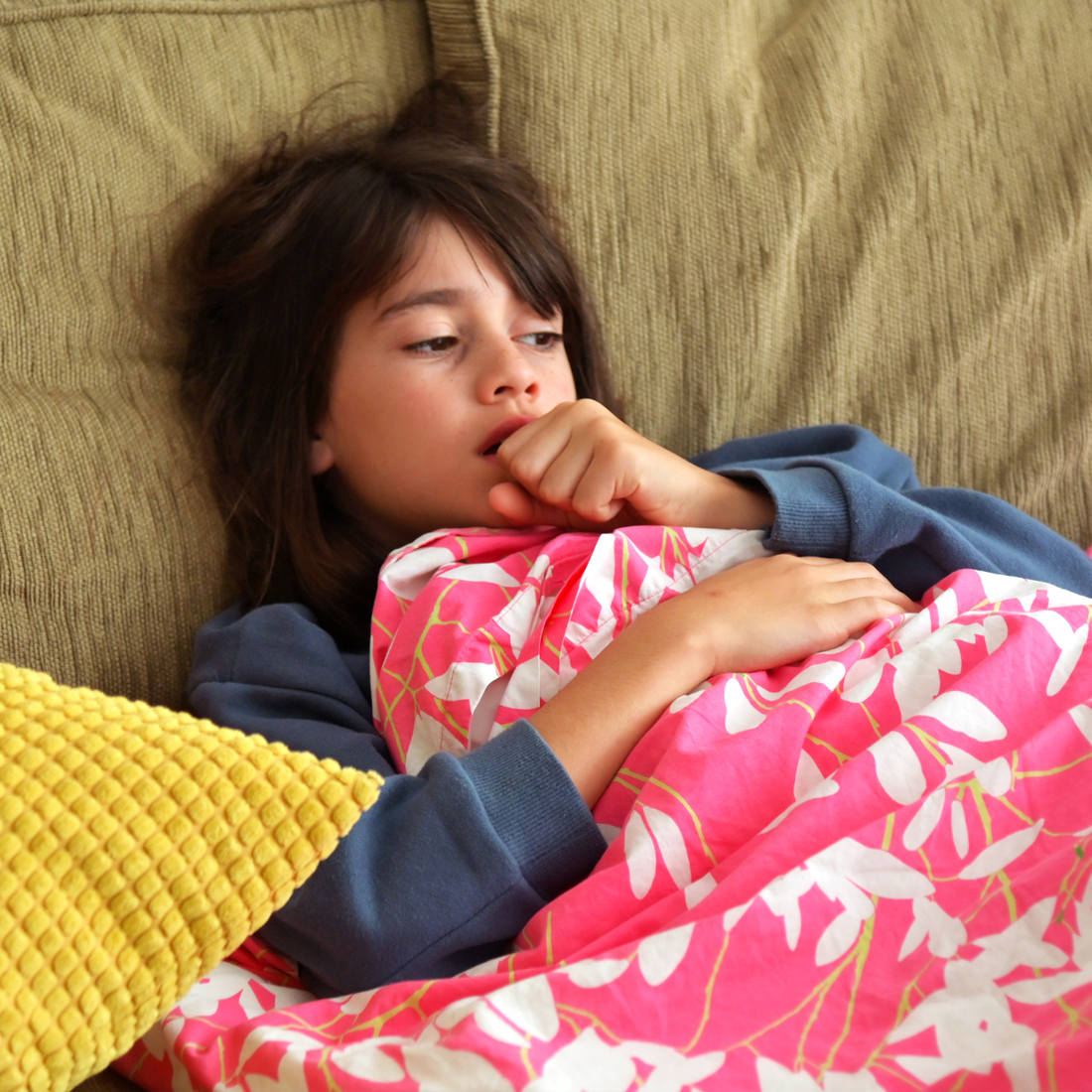
To catch allergies in their early stages, there are specific signs and symptoms to look out for. Here is a guide to help you stop those symptoms before they get worse.
1. Spring allergies

Whenever you’re outside this spring season, be on the lookout for allergy symptoms that might make life less than enjoyable for your child.
“The allergens which are outside in the early spring are from tree pollen,” says Dr. Brian Schroer, a pediatric allergist at Cleveland Clinic. “These pollens are not from the flowering trees but from trees such as oak, maple, and others which do not have large, bright flowers. The pollens in the late spring are from grass.”
For milder cases, Schroer advised sending your child outside with wraparound sunglasses to cut down on pollen problems.
Common symptoms of eye allergies:
- Itchiness in the eye area
- Redness in the white part of the eye
- Watery eyes
- Swollen eyelids
2. Summer allergies

Keep in mind that allergies don’t disappear once the sun is out full time. Symptoms can pop up in the blistering months, too.
“When it is hot and humid, the mold spores are high,” said Schroer, who recommends an over-the-counter “long-acting, non-sedating antihistamine such as loratadine, cetirizine, or fexofenadine at age-appropriate doses.” This medicine will best treat nose symptoms like sneezing and itching.
Common symptoms of summer allergies:
- Sneezing
- Itchy nose
- Eye irritation
3. Fall allergies
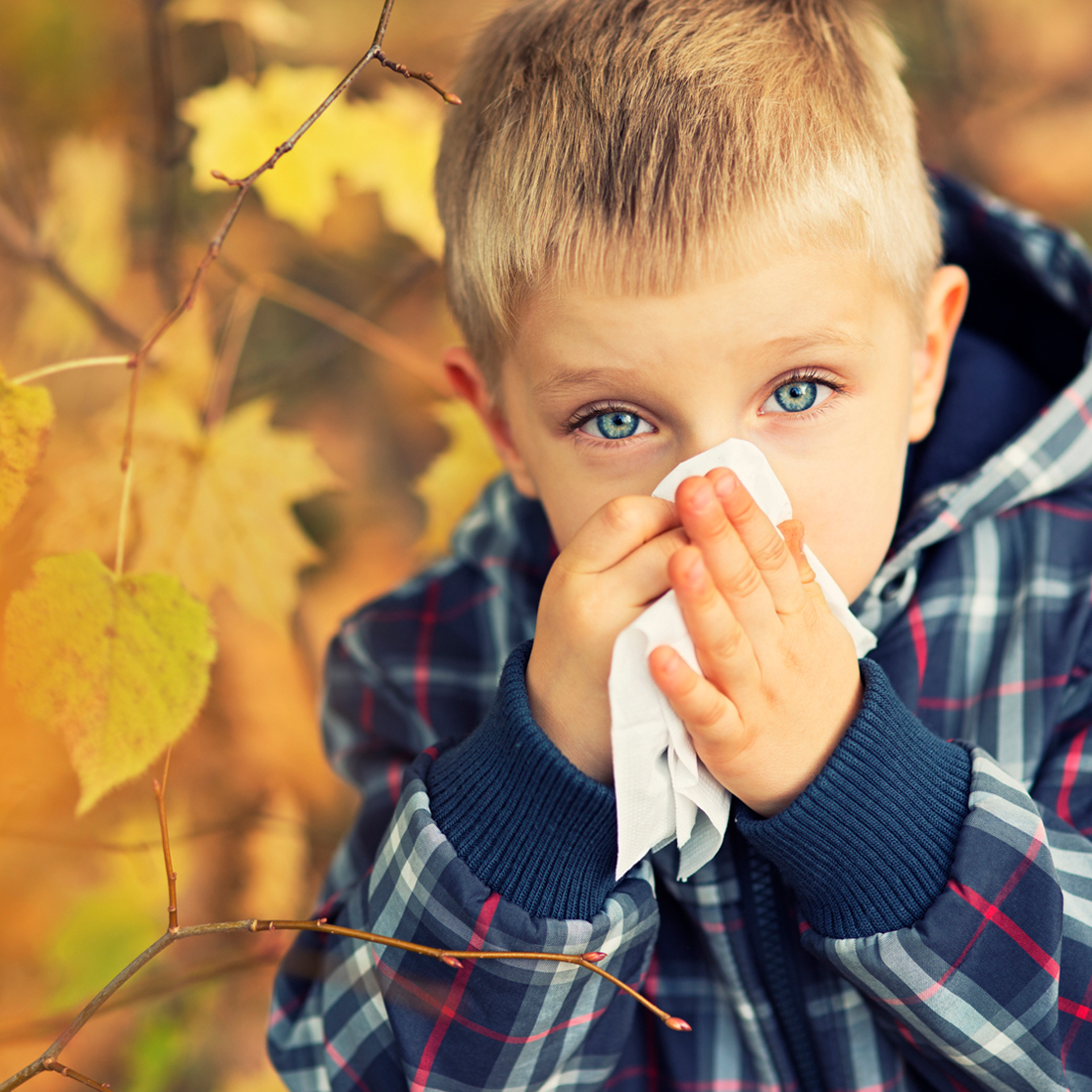
In the fall, you’re back to dealing with pollen from weeds like ragweed, according to Schroer.
In addition to trying OTC antihistamines to alleviate your child’s symptoms, you can also combat outdoor allergens that enter the home. “Avoidance of outdoor pollens would involve keeping your bedroom windows shut, using a HEPA filter on the central air conditioning and taking a shower when you come inside after a high-pollen day,” advised Schroer.
Common symptoms of fall allergies:
- Coughing or sneezing
- Itchiness
- Eye irritation
4. Indoor allergies
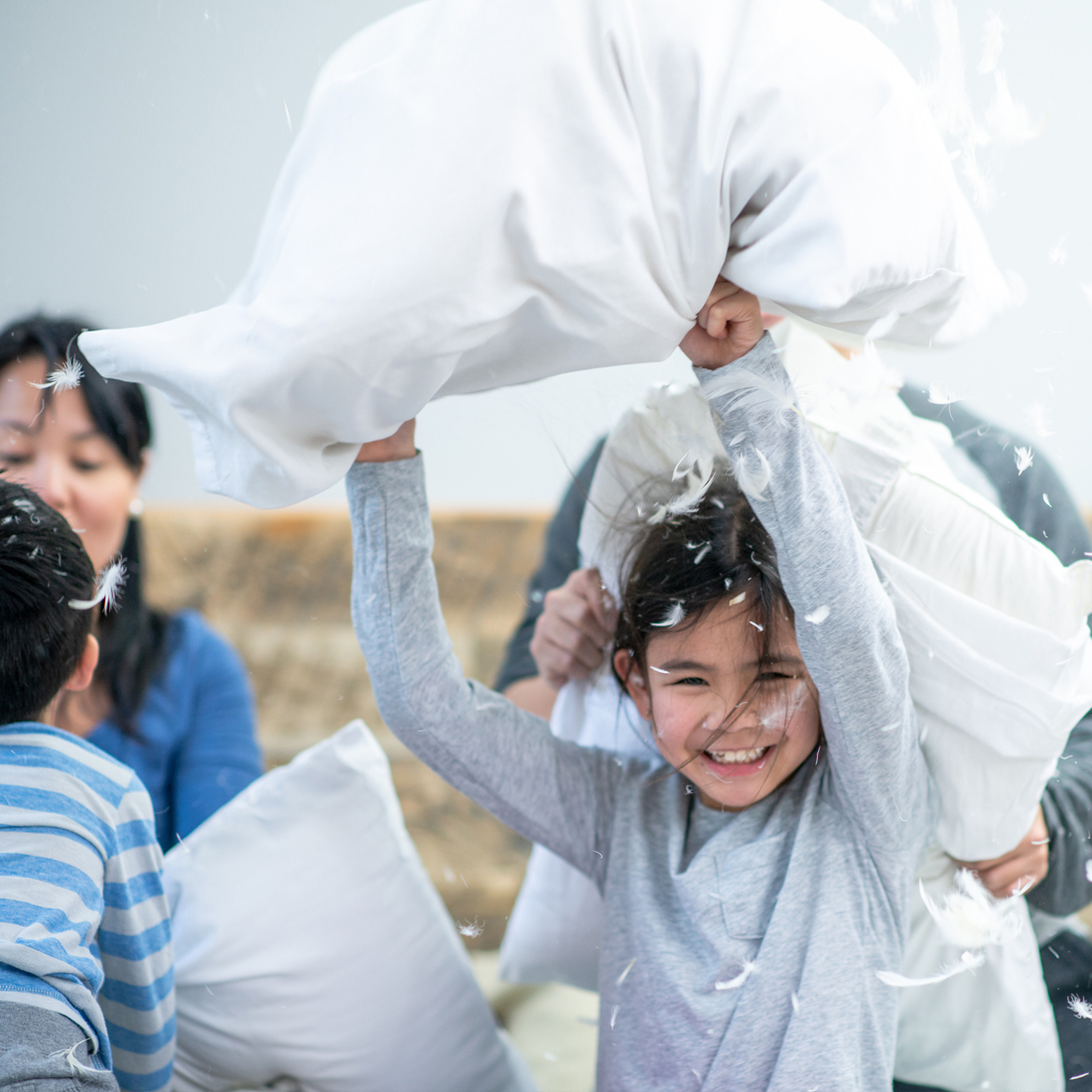
Indoor allergies can be caused by anything from dust mites to pets. Your child may also have a reaction to laundry detergents, bedding or furniture materials, household cleaners, or fragrance from candles and room fresheners. Evaluate your surroundings, and consult with your doctor if you suspect something in your home may be causing your child’s allergies.
Common symptoms of indoor allergies:
- Irritated eyes after touching an allergen
- Sneezing
- Congestion
5. Asthma
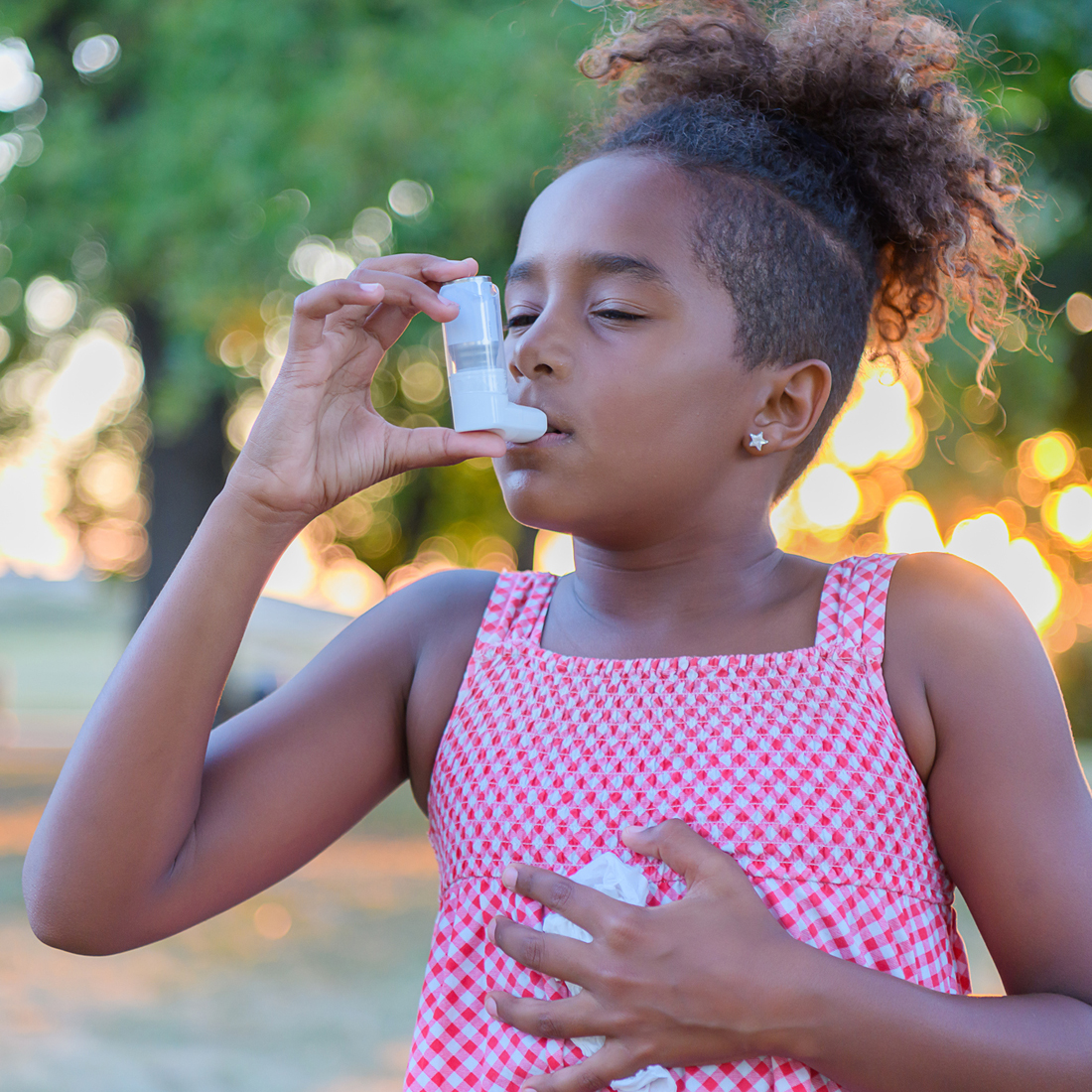
When it comes to allergic reactions involving children’s lungs, asthma could be the culprit. So keep an eye out for sudden-onset signs, whether kids are indoors or out and visit your doctor to pin down the allergen.
“Symptoms from allergens can be acute if you are exposed to a new animal or when you go outside to play sports when it is warm,” cautioned Schroer.
Common symptoms of asthma:
- Coughing that intensifies
- Wheezing when exhaling
- Feeling winded
- Experiencing tightness in the chest
6. Pet allergies
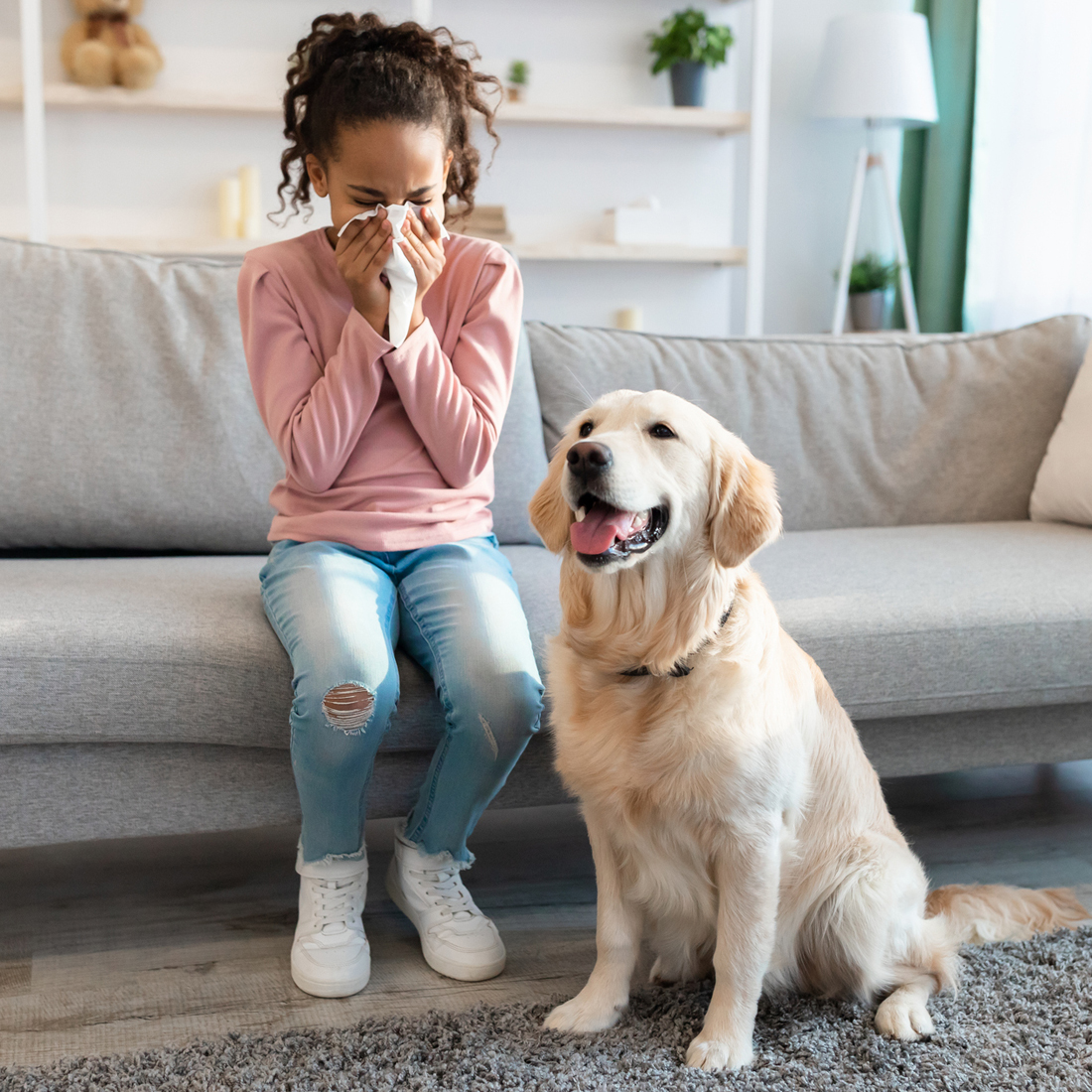
Pets are supposed to bring happiness to our lives, but they can make life tough for your child if she’s allergic.
“When you live with an allergen year-round, such as with a pet, you tend to get chronic congestion and dripping without sneezing and itching,” said Schroer.
With that in mind, it’s difficult to know if you’re allergic to your cat or dog since these furry friends are always around. Because avoidance is the biggest key to reducing symptoms, you should visit an allergist for evaluation if your child’s allergies seem chronic.
Common symptoms of pet allergies:
- Congestion
- Nasal drippage
7. Food allergies

Experts don’t know everything about food allergies and why we get them, but it’s still important to look for symptoms, which can be severe, and to receive an evaluation by an allergist.
“[Type 1 hypersensitivity reactions] can be as mild as small rashes and hives, or they can be as moderate as wheezing, tongue swelling or vomiting,” said Dr. Inderpal Randhawa, a board-certified allergist and pulmonologist in Southern California. “They can also be as severe as life-threatening, resulting in anaphylaxis.”
Common symptoms of a food allergy are:
- Rashes
- Hives
- Wheezing
- Swelling of the tongue
- Vomiting
- Allergy symptoms
8. Insect stings
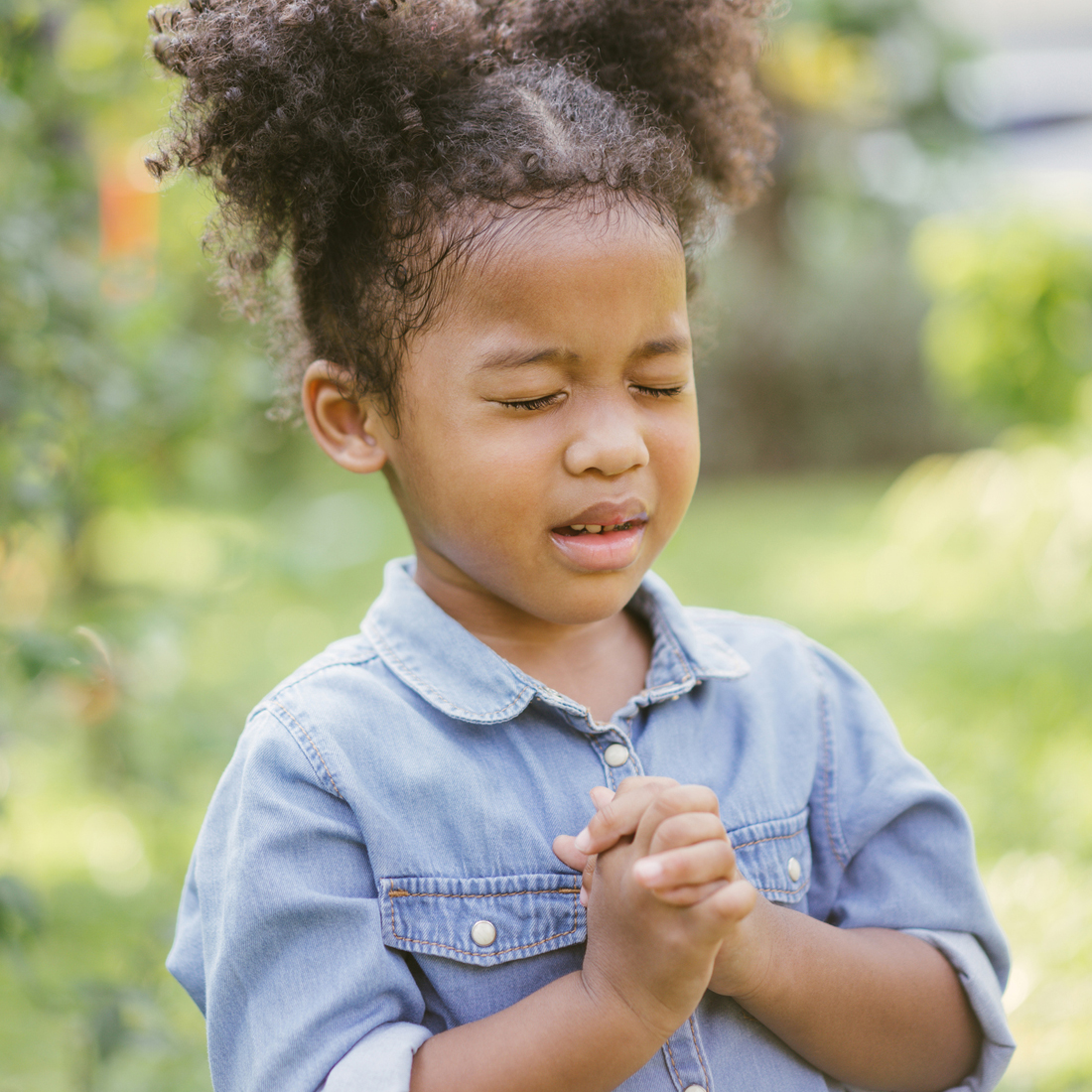
We’re sure you’ll know if your child gets stung by an insect — whether it’s a honeybee, wasp, hornet, fire ant, or another stinging insect — so watch for symptoms after the venom sets in and visit an allergist for preventive treatments.
“While most people experience symptoms only at the site of the injection, people with more severe reactions need to seek medical attention immediately by calling 911,” said Schroer.
Common symptoms of an insect sting are:
- Eruption of hives far from the site of the sting
- Swelling
- Asthma symptoms even from a nonasthmatic child
- Nausea, vomiting, or low blood pressure
9. Eczema
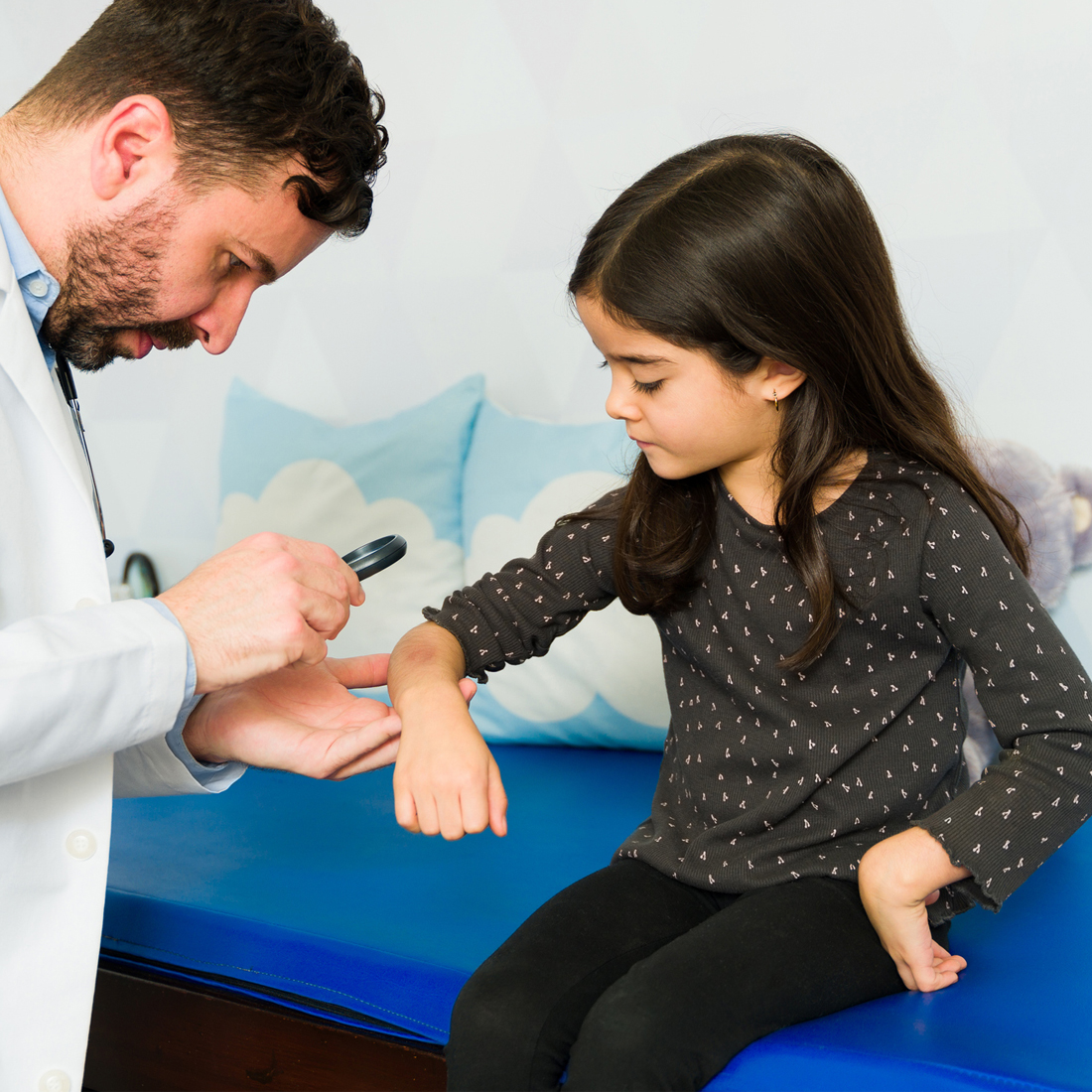
Eczema is the result of a skin-barrier problem where the outer layer of skin allows more irritants and allergens to penetrate the surface.
“Most kids with eczema will improve significantly with general skin hygiene techniques, such as using gentle cleansers in the warm bath and moisturizing with a sensitive-skin moisturizer every day after their bath,” advised Schroer. “Then, if a rash occurs, topical steroids like over-the-counter hydrocortisone 1% can be used on the area of the rash only.” If eczema doesn’t get better, visit your child’s doctor for further assistance.
Common symptoms of eczema are:
- Dry, itchy skin
- A rash that occurs on the elbows, knees, or ankles
10. Celiac disease

While not technically an allergy to wheat or gluten, celiac disease is a disorder that causes intestinal-based symptoms. “Celiac disease is an immune-based reaction to gluten, which is a particular protein of wheat and other grains,” said Randhawa. If you think your child may have symptoms of celiac, see your pediatrician.
Common symptoms of celiac disease are:
- Stomach pain
- Diarrhea
- Bloating after eating
- Weight loss
When to see a doctor
Unfortunately, the severity of an allergic reaction remains largely unknown until your child experiences it. As you gauge the severity of the reaction, it is strongly advised that you seek immediate medical attention if you witness any of the following reactions:
- Swollen tongue
- Difficulty in communicating or swallowing
- Difficulty in breathing
- Intense stomach pain
- Vomiting or diarrhea
- Losing consciousness





